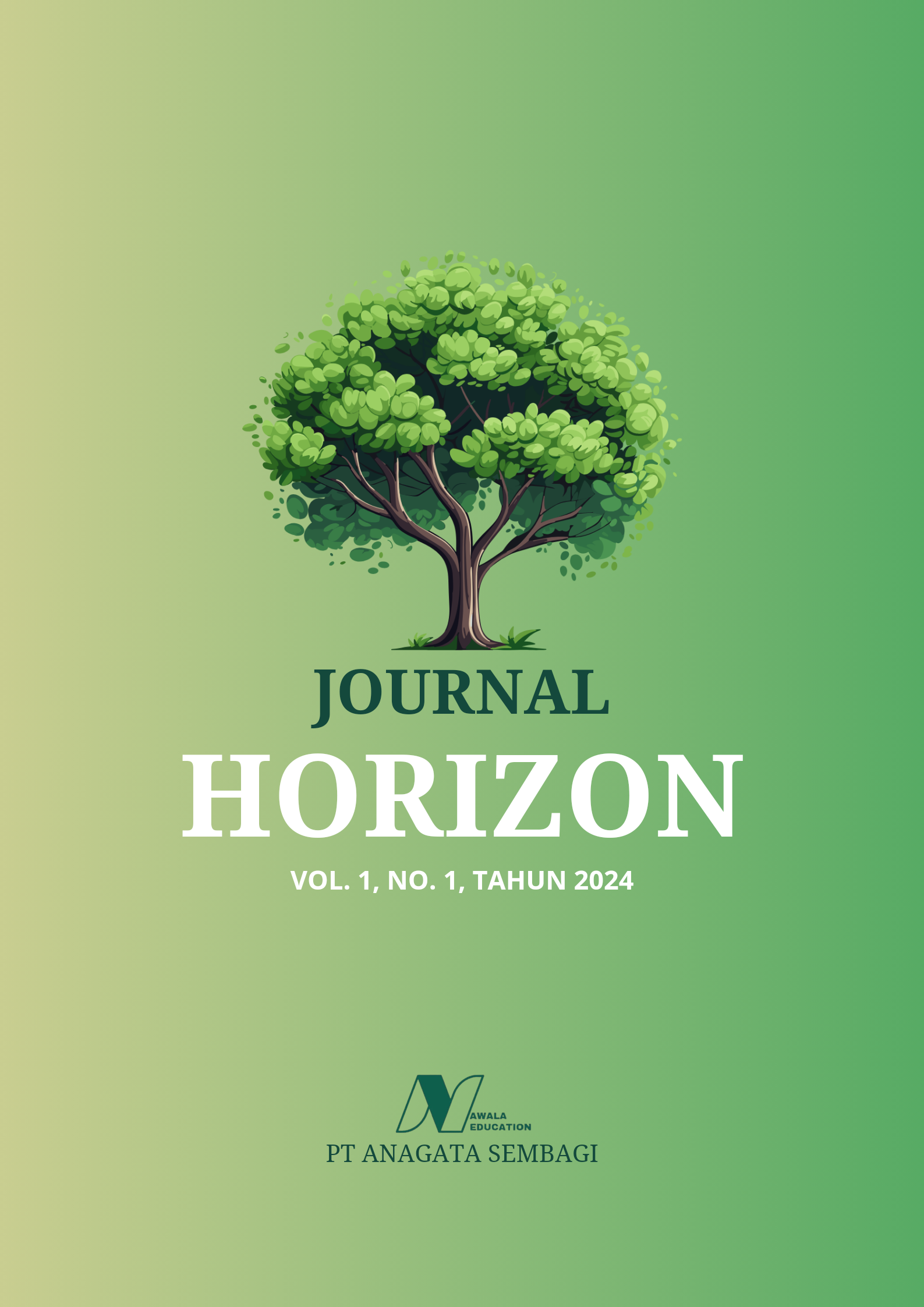Impacts of Deforestation on Soil Quality and Water Resources in Tropical Forest Areas of Sumatra
DOI:
https://doi.org/10.62872/kvmcwq82Keywords:
Deforestation, Soil Quality, Tropical Forests, Environmental ImpactAbstract
Deforestation poses a significant threat to the tropical forest regions of Sumatra, impacting soil quality and water resources crucial for ecosystem health and human well-being. This paper synthesizes the multifaceted impacts of deforestation on soil and water in Sumatra and proposes strategies for sustainable land management. Deforestation leads to a decline in soil organic matter, nutrient levels, and microbial diversity, affecting soil fertility and erosion susceptibility. Additionally, the loss of forest cover disrupts the hydrological cycle, altering water availability, quality, and distribution. Increased surface runoff and sedimentation degrade water bodies, threatening aquatic biodiversity and community water supplies. Integrated analysis highlights the interdependencies between land cover change, soil degradation, and hydrological processes, emphasizing the need for holistic management approaches. Reforestation, agroforestry, and community engagement are proposed as essential strategies for mitigating deforestation impacts and promoting ecosystem resilience in Sumatra.
Downloads
References
Achard, F., Eva, H. D., Stibig, H. J., Mayaux, P., Gallego, J., Richards, T., & Malingreau, J. P. (2002). Determination of deforestation rates of the world's humid tropical forests. Science, 297(5583), 999-1002.
Bruijnzeel, L. A. (2004). Hydrological functions of tropical forests: not seeing the soil for the trees?. Agriculture, ecosystems & environment, 104(1), 185-228.
Gaveau, D. L. A., Sloan, S., Molidena, E., Yaen, H., Sheil, D., Abram, N. K., ... & Meijaard, E. (2014). Four decades of forest persistence, clearance and logging on Borneo. PloS one, 9(7), e101654.
IPCC. (2019). Climate Change and Land: an IPCC special report on climate change, desertification, land degradation, sustainable land management, food security, and greenhouse gas fluxes in terrestrial ecosystems.
Lal, R. (2004). Soil carbon sequestration to mitigate climate change. Geoderma, 123(1-2), 1-22.
Lu, D., Batistella, M., & Moran, E. (2005). Mapping and monitoring deforestation and forest degradation in Sumatra (Indonesia) using Landsat time series data sets from 1990 to 2001. Environmental monitoring and assessment, 102(1-3), 335-346.
Neary, D. G., Ice, G. G., Jackson, C. R., & Seegrist, D. W. (2009). Linkages between forest soils and water quality and quantity. Forest Ecology and Management, 258(10), 2269-2281.
R Core Team. (2021). R: A language and environment for statistical computing. R Foundation for Statistical Computing, Vienna, Austria. URL https://www.R-project.org/.
Sayer, J., Sunderland, T., Ghazoul, J., Pfund, J. L., Sheil, D., Meijaard, E., ... & Boedhihartono, A. K. (2013). Ten principles for a landscape approach to reconciling agriculture, conservation, and other competing land uses. Proceedings of the National Academy of Sciences, 110(21), 8349-8356.
Van Breugel, M., Ransijn, J., Craven, D., Bongers, F., & Hall, J. S. (2011). Estimating carbon stock in secondary forests: decisions and uncertainties associated with allometric biomass models. Forest Ecology and Management, 262(8), 1648-1657.
Downloads
Published
Issue
Section
License
Copyright (c) 2024 Dwi Syamsih (Author)

This work is licensed under a Creative Commons Attribution-ShareAlike 4.0 International License.

This work is licensed under a Creative Commons Attribution-ShareAlike 4.0 International License.










